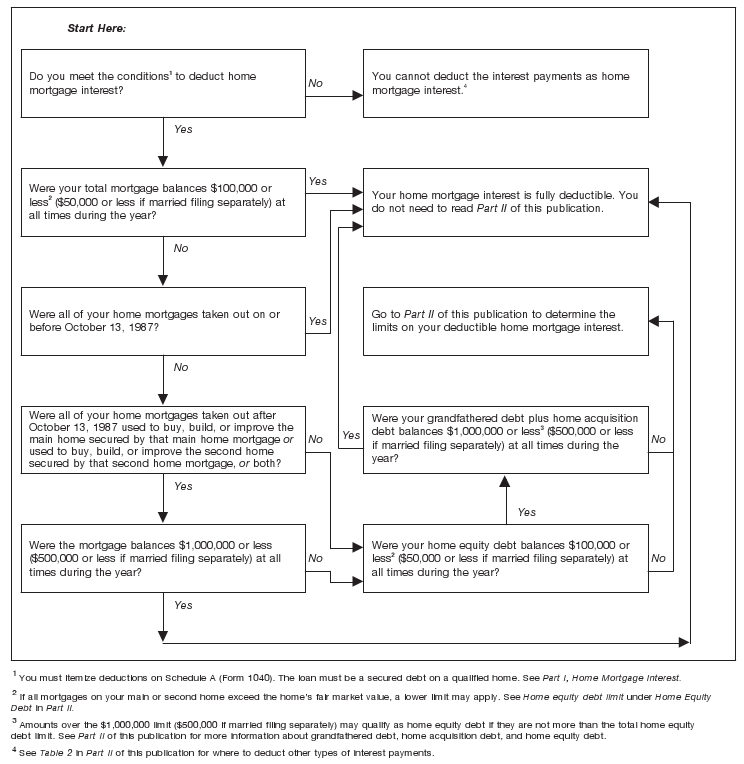College is a crazy time. You are trying to keep up with you school work, deal with your student loans, and juggle personal life along with working a part-time job. Because of this and being new to the world of taxes, you might not realize that it is important to file a tax return and you might qualify for special tax breaks for college students.
Filing a tax return is important for college students. First, filing a tax return is helpful while filling out the FAFSA form to see what type of grants and student aid you qualify for, including if you qualify for the work study program through your school. Also, you may qualify for a tax deduction or credit that can give you a tax refund. You can put your refund towards next semester’s tuition to avoid further student loans.
Before you start, here is some advice for filling out your taxes and claiming the tax breaks for college students:
Claim your Tuition Deduction
- Your 1098-T will tell you how much you paid in tuition expenses and will also report any scholarships or grants you received through your school. This is important information you will need while filling out your taxes and taking the Tuition & Fees Deduction.
- Qualified expenses are the tuition and any other fees, materials, supplies, or equipment that is paid directly to the school. This can include books needed for the course, supplies, and equipment that were purchases as part of the required tuition along with health and wellness fees.
- Things that do not qualify as expenses include any late charges, application fees, processing fees, books or materials bought at the bookstore or other places besides directly to the university.
- So here’s an example of how this works. If you paid $1,000 for a course at your college and that $1,000 included a camera to take pictures and a work book required for the class, it can count for a qualified expense. However, if you get a syllabus and the syllabus says you are required to buy a book, this book does not count. Even though you need it, if you aren’t purchasing it directly through the school, even the bookstore, it does not count.
- In addition to reporting what your tuition and qualified expenses are, you will have to write down the amount of any money you received for scholarships and grants.
- You can fill this out and claim your deduction if you gross income is less than $80,000 or $160,000 if you’re filing a joint return with your spouse. You also must be or have been enrolled in an eligible educational institution.
- You can’t claim any tuition expense if you or your spouse was a nonresident alien for any part of the year.
- Filling this out and claiming your deduction can reduce your income subject to tax by up to $4,000.
- In most cases, your college will mail you a copy of your 1098-T or send you an e-mail containing the official file. This is a great reason to be sure both your current mailing address and e-mail address is up-to-date. If you haven’t received it, check your official school e-mail address since this is probably where the document was sent. If you still can’t find it, contact your financial aid office, a record office, or any other administrative office that is going to have this on file for you.
Get a Tax Credit
- Use Form 8863 to claim your education credits, either the American Opportunity Credit or the Lifetime Learning Credit.
- The American Opportunity Credit is a refundable credit that can help you receive up to $2,500 per student. You must be enrolled at least half time for at least one of the academic periods and enrolled in an accredited university where you are trying to earn a degree.
- The Lifetime Learning Credit is a nonrefundable credit, which means it can reduce your tax, but it will not give you additional money, unlike the American Opportunity Credit. Also unlike the American Opportunity Credit, you do not need to be pursuing a degree for this. So any classes you are taking to enhance your work skills can qualify towards this credit.
Keep in mind you cannot claim both of these credits for the same student during the same year. In addition, you must decide between the tuition deduction and the tax credit. To help you decide which one is better see Tuition Deduction Versus Tuition Tax Credits.
In addition, be sure to discuss your dependency status with your parents, as it will impact the tuition tax breaks on both of your tax returns.
Write off your Student Loan Interest
- If you have been making payments towards your student loans this past year or at least paying the interest on any of your loans, you may be able to deduct any amount of your payment that went towards your loan’s interest.
- Form 1098-E will give you the information you need to fill it out. Your student loan lender will provide you with this document. They mail a paper document of this, so be sure that your correct information is on file. You may also be able to attain a copy online by logging into your account. If you can’t find the document or have not received it, be sure to contact your lender as soon as possible so they can send out another copy to you as soon as possible.
- When you are looking at Form 1098-T, box 1 will show how much interest was received by the lender. This is the amount you report on your taxes.
Helpful Tip
Contact your financial aid department for any questions or advice. They may be able to help you fill out your taxes or help you understand what is going on with them.
Check your student event calendar from now until taxes are due. When I was in college, many organizations offered free tax preparation help. There were events that helped you get organized and offered tax tips. Some student groups even offered to help you file your taxes for no charge. Of course, you always want to be extra careful with who you are sharing personal information with like your social security number.
What are some helpful tips for college students filing out their tax forms? What are great resources for college students filing out their taxes for the first time?
More Tax Topics for College Students
- How Much Money Do You Have to Make to File Taxes?
- Tax Calculator to Project Your Tax Refund
- 8917 Form for Tuition and Fees Tax Deduction
- Tuition Deduction Versus Tuition Tax Credits
- What Will the Tax Rates Look Like?










